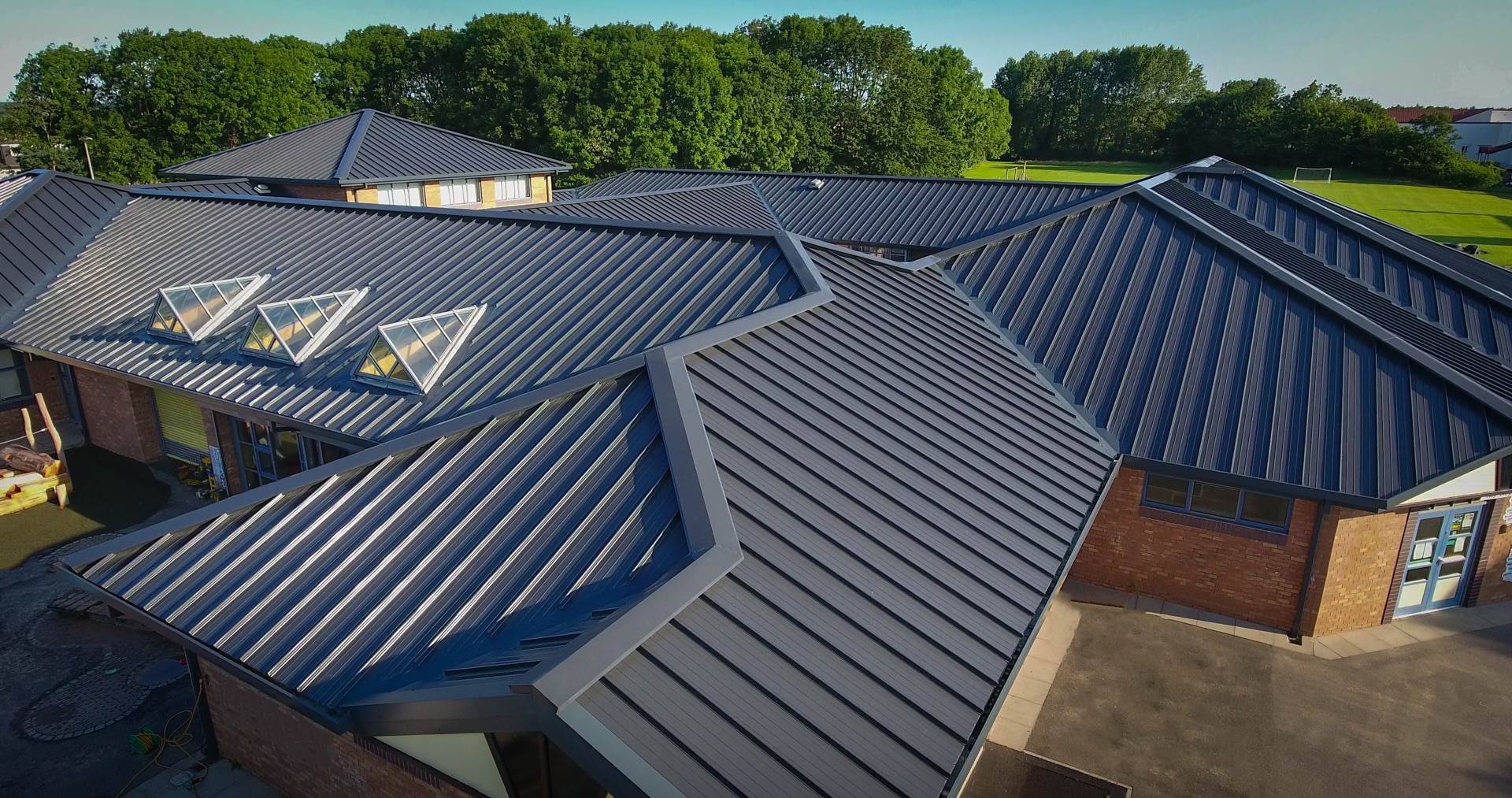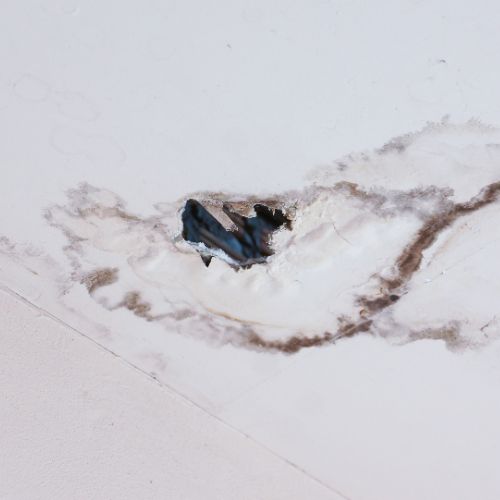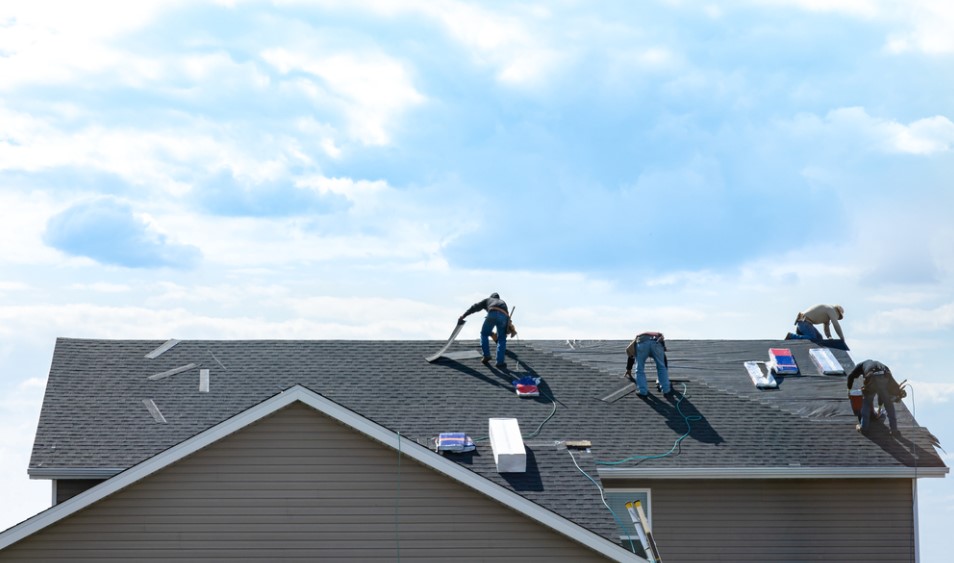Keep Dry Roofing LLC: Your Go-To Companion for Top-Quality Roofing Solutions
Ultimate Checklist for Assessing the Problem of Your Roof and Identifying Possible Concerns
By complying with a comprehensive list customized to assess the numerous elements of your roof covering, you can acquire important understandings into its current state and preempt any type of upcoming problems. This aggressive strategy not only makes sure the durability of your roofing but also adds to maintaining the structural stability of your home.

Roofing Assessment Equipment
When carrying out a thorough analysis of a roof system, using proper roof covering evaluation tools is crucial for precise examination and evaluation. These devices help in discovering possible issues, examining the general condition of the roof covering, and establishing the necessary maintenance or repair work needed. Among the main devices utilized in roof covering assessments is a dampness meter, which helps identify locations of trapped wetness within the roof covering layers that can indicate leakages or water damage. Infrared thermography video cameras are also important as they can find temperature variants that might signify insulation issues or leakages not noticeable to the naked eye. In addition, drones furnished with high-resolution electronic cameras provide bird's-eye views of the roofing system, enabling inspectors to evaluate hard-to-reach areas safely.

Furthermore, a digital video camera or mobile phone is necessary for recording the examination procedure, catching photos of any kind of damages or locations of problem for additional assessment. Various other devices such as binoculars, roof covering probes, and safety equipment like ladders and harnesses are essential for a secure and detailed roof evaluation. By utilizing these tools properly, inspectors can carry out complete analyses, recognize issues immediately, and suggest ideal remedies to preserve the roof covering's stability.
Exterior Roofing System Evaluation
To extensively examine the condition of a roof system, an exterior roof analysis is necessary to inspect the surface area for signs of wear, damage, or prospective concerns. During an exterior roofing assessment, it is critical to start by checking out the roof shingles or roof covering material.

Analyze the general tidiness of the roof, as debris buildup can preserve dampness and speed up roofing system degeneration. By performing an extensive outside roof evaluation, homeowners can identify and address possible problems prior to they rise into costly repair services.
Inside Ceiling Analysis
Upon getting in the indoor room, an extensive analysis of the ceiling is vital to identify any type of signs of water damage, leaks, or architectural issues. Begin by aesthetically inspecting the ceiling for any staining, drooping, or peeling off paint, as these can show water infiltration from the roofing. Any mildewy smells or dampness in the air must additionally increase issues concerning prospective roof covering issues.
Attic Assessment
The attic room serves as a vital component of the roof system, offering insights into prospective problems that may not be noticeable from the exterior or inside of the home. During the attic room examination, it is essential to examine for indicators of water damages, such as water spots, mold and mildew growth, or decaying wood, which can show a leakage in the roofing system. Frequently evaluating the attic room can assist helpful resources recognize possible roofing troubles early on, enabling for prompt repair services and maintenance to lengthen the life expectancy of the roofing.
Dealing With Typical Roofing System Issues
Recognizing and promptly settling usual roof covering troubles go to these guys is vital in keeping the structural integrity and durability of a roof system. One of one of the most regular issues property owners deal with is a dripping roof covering, often caused by damaged or missing shingles, inappropriate installation, or tatty flashing. It's vital to address leaks quickly to stop water damage to the interior of the property and prospective mold growth. One more typical problem is roof covering ventilation concerns, which can bring about excess heat and wetness accumulation in the attic room, creating early degeneration of the roofing products. Poor ventilation can also cause greater energy expenses as a result of inefficient temperature policy. Furthermore, the build-up of debris such as fallen leaves, branches, or snow on the roofing system can obstruct drainage systems and result in water merging, which might eventually create roof leaks or architectural damage. Normal inspections and maintenance can assist identify and resolve these usual roof covering troubles prior to they escalate right into even more considerable issues.
Conclusion
To conclude, a complete evaluation of your roof system is important to identify possible problems and make sure the total condition of your roof covering. By using the suitable devices and conducting exterior, interior, and attic room evaluations, typical roof covering problems can be addressed without delay. Regular maintenance and timely repair services can aid avoid considerable damages and lengthen the life-span of your roofing.
One of the key devices utilized in roof assessments is a dampness meter, which aids identify areas of entraped moisture within the roofing system layers that might indicate leakages or water damage. Other devices such as binoculars, roofing system probes, and security equipment like harnesses and ladders are vital for a risk-free and comprehensive roof covering assessment.To thoroughly analyze the condition of a roof system, an outside roofing system evaluation is necessary to visite site inspect the surface for signs of wear, damage, or prospective concerns. Examine the total cleanliness of the roof, as particles build-up can preserve wetness and accelerate roof degeneration. Keep Dry Roofing LLC. Furthermore, the accumulation of particles such as leaves, branches, or snow on the roof covering can obstruct drain systems and lead to water pooling, which might ultimately cause roof covering leaks or architectural damages